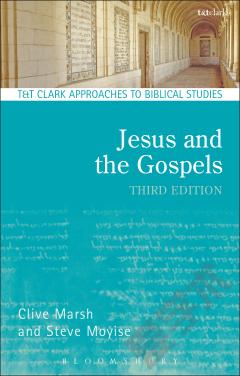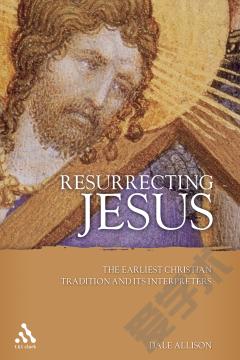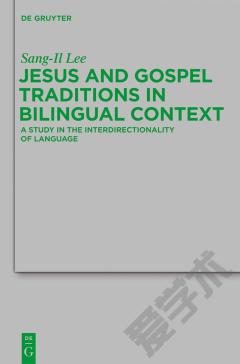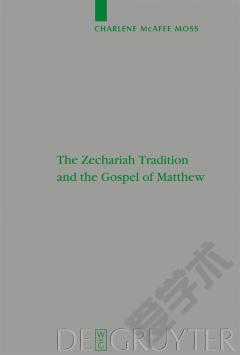Jesus and the Oral Gospel Tradition
A collection of papers from two international symposia by such important scholars as Aune, Dunn, Gerhardsson, Meyer, Rordorf and Talmon. The articles share the conviction that the only way to break the deadlock in the Synoptic problem is to examine the oral tradition about Jesus which lay behind the Gospels, and to continue even beyond them. The book addresses such central issues as the characteristics of oral tradition: oral tradition in Judaism, in the teaching of Jesus (his aphorisms and the narrative meshalim) and in the Gospel narratives; and the relationships of John, Paul and the Didache to oral tradition. This volume should bring onto a new plane the discussion of the all-important oral stage of Gospel tradition.
{{comment.content}}








 京公网安备 11010802027623号
京公网安备 11010802027623号